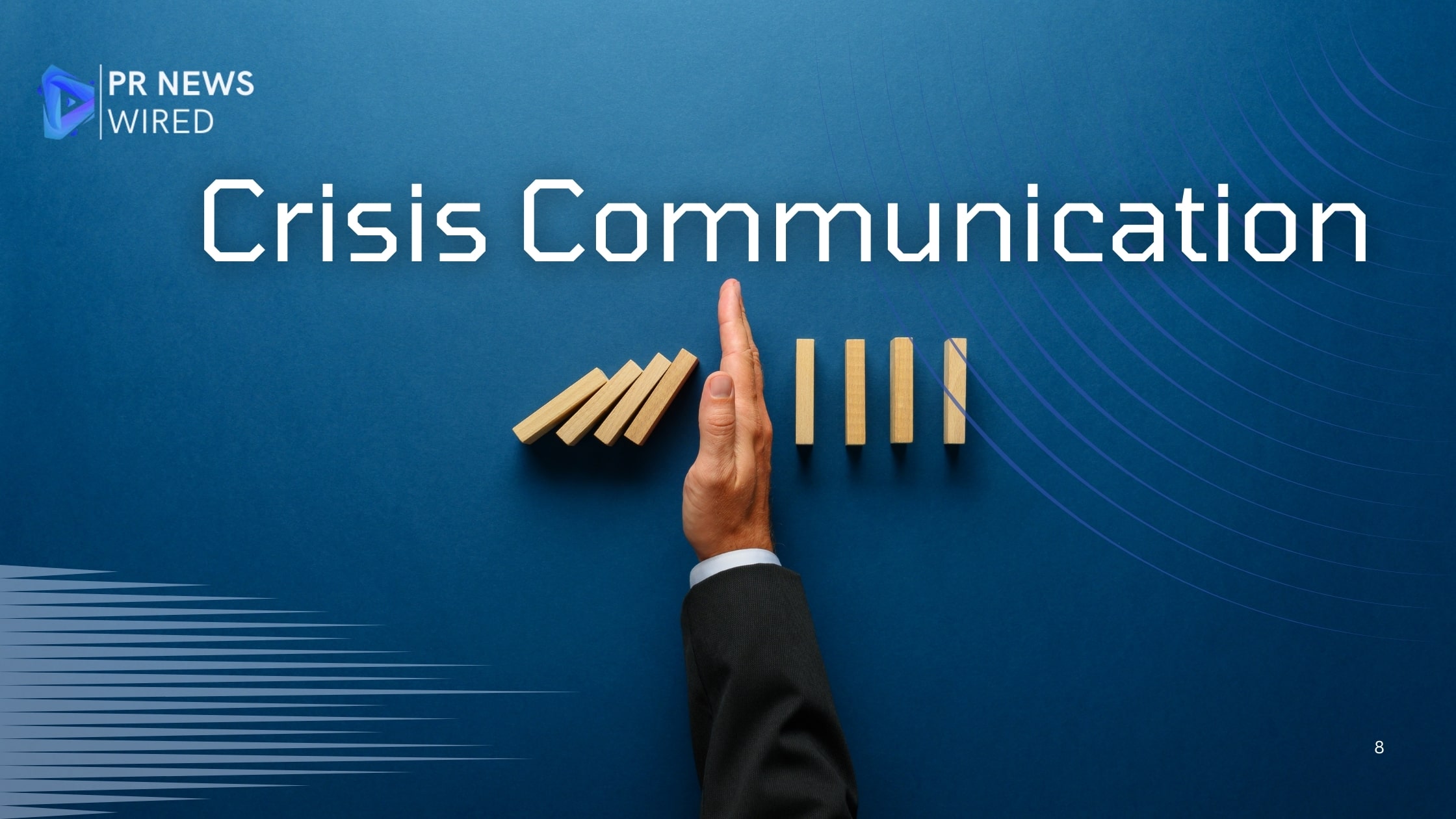
Crisis communication is not about spinning a story or covering up mistakes. It’s about managing communication under pressure, being transparent, and working diligently to rebuild trust.
In today’s fast-paced digital world, where news—both good and bad—spreads in seconds, businesses and public figures are under more scrutiny than ever. One poorly handled situation can lead to significant reputational damage. That’s where crisis communication in public relations (PR) becomes a vital tool. But what exactly is crisis communication, and how does it work within the realm of PR? Let’s explore.
Crisis communication refers to the strategic approach taken by organizations to communicate with the public, media, employees, and stakeholders during a crisis. A crisis could be anything from a product recall, data breach, executive scandal, negative media coverage, or even a natural disaster affecting operations. The goal of crisis communication is to mitigate damage, maintain trust, and protect the brand's image.
In PR, crisis communication is not just about damage control—it's about being proactive, transparent, and timely in addressing issues that could harm an organization’s reputation.
A crisis can strike any business at any time, often with little or no warning. The way an organization responds to a crisis determines whether it can maintain public trust or suffer long-term consequences. Here are a few reasons why crisis communication is critical in PR:
Preserves Brand Reputation
Swift and well-handled communication during a crisis helps maintain a company’s credibility and public image.
Maintains Customer and Stakeholder Trust
People are more likely to forgive mistakes when an organization takes responsibility and communicates openly.
Prevents Misinformation
In the absence of clear communication, rumors and misinformation can take over, leading to greater confusion and damage.
Ensures Consistency in Messaging
Crisis communication strategies ensure that the organization speaks with one voice, delivering accurate and consistent information across all platforms.
To effectively manage a crisis, several components must come together strategically:
Every organization should have a crisis communication plan in place. This includes identifying potential risks, determining communication channels, preparing spokespersons, and outlining steps to be followed in case of an emergency.
This team typically consists of senior executives, PR professionals, legal advisors, and subject-matter experts. The team is responsible for assessing the situation, making decisions, and managing communication efforts.
During a crisis, honesty is the best policy. A vague or defensive response can escalate the situation. Transparent communication that acknowledges the issue, takes responsibility, and outlines the steps being taken goes a long way in preserving trust.
Speed is crucial in crisis communication. Delayed responses often give the impression of negligence or guilt. Responding quickly shows that the organization is on top of the situation.
Monitoring social media, news outlets, and public response helps organizations understand public sentiment and adjust their messaging if needed.
Johnson & Johnson’s Tylenol Crisis (1982): When cyanide-laced capsules led to multiple deaths, the company recalled 31 million bottles and introduced tamper-proof packaging. Their transparent and swift response is still studied as a model of effective crisis communication.
United Airlines (2017): When a passenger was forcibly removed from an overbooked flight, United’s initial response lacked empathy and caused widespread backlash. The delayed and poorly worded apology further damaged their reputation—highlighting the cost of poor crisis communication.
Public relations professionals play a crucial role in crisis management. Their responsibilities include:
Drafting press releases and public statements
Coordinating with media
Managing internal communication
Monitoring public sentiment
Advising leadership on tone and messaging
Engaging with audiences across social media and traditional platforms
They act as the bridge between the organization and the public, ensuring that communication is handled with sensitivity and strategy.
Crisis communication is not about spinning a story or covering up mistakes. It’s about managing communication under pressure, being transparent, and working diligently to rebuild trust. For PR professionals, mastering crisis communication is essential to safeguarding the brand's reputation and ensuring business continuity.
Every organization—large or small—should view crisis communication not as an optional PR function, but as a fundamental part of its communication strategy. When done right, it can turn a potentially damaging situation into an opportunity to demonstrate leadership, integrity, and resilience.




